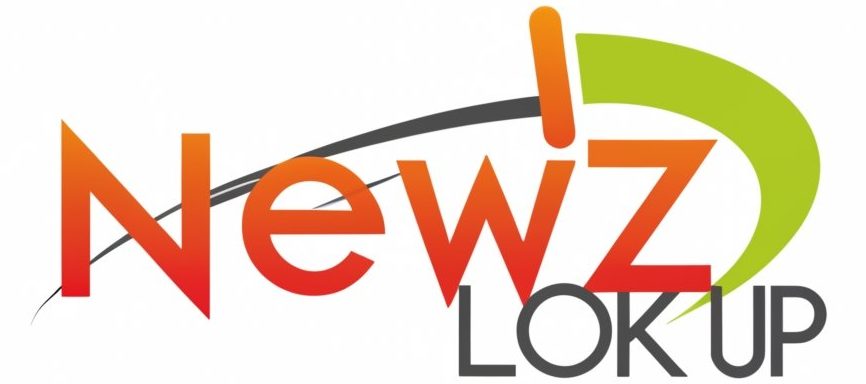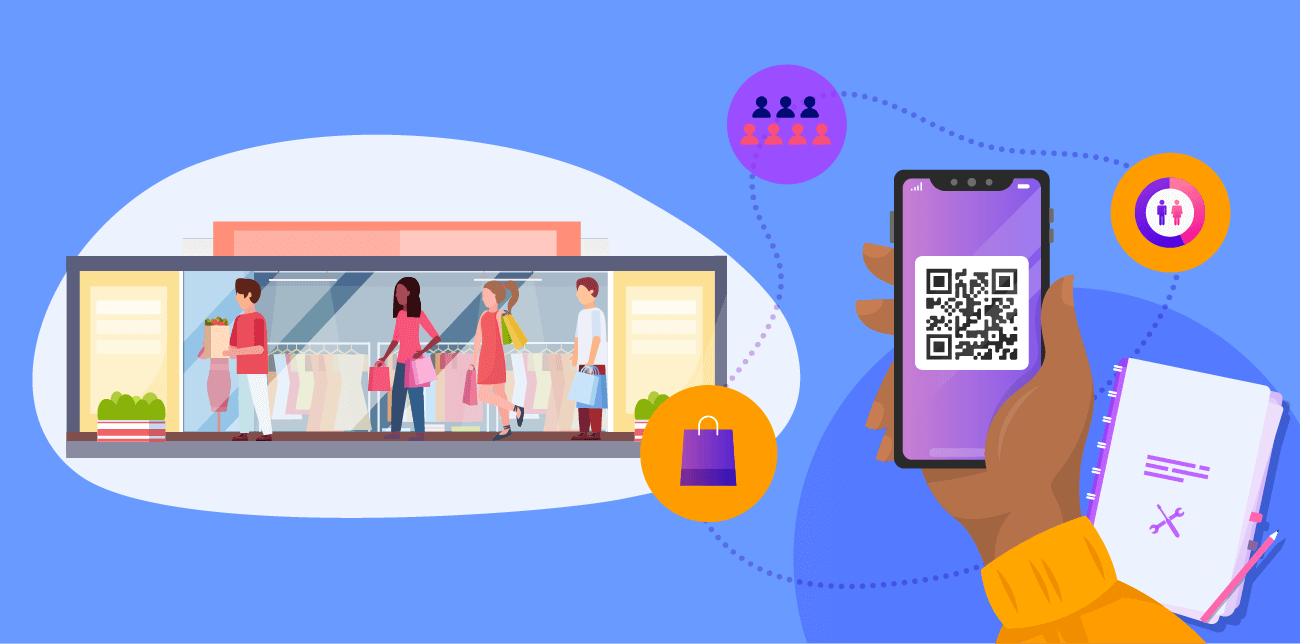Product returns are an inevitable part of the retail landscape. Whether due to customer dissatisfaction, size or fit issues, or damaged goods, returns can be a challenging process for both customers and retailers. However, with the advent of Quick Response (QR) codes, product returns have become more seamless and convenient. QR codes have revolutionized the way returns are handled, providing an efficient and customer-friendly solution. In this article, we will explore how QR codes are facilitating seamless product returns and benefiting both customers and retailers.
Easy Return Authorization
QR codes simplify the return authorization process. Instead of requiring customers to fill out lengthy forms or provide extensive details, retailers can generate a unique QR code associated with each purchase. When a customer wants to initiate a return, they can simply scan the QR code using their smartphone, which automatically generates a return request. This streamlined process eliminates the need for manual data entry, reducing errors and improving the overall efficiency of the return authorization process.
Enhanced Return Label Generation
QR codes streamline return label generation. Once a return request is approved, retailers can generate a return label with a QR code embedded. Customers can then print the label or receive it electronically. When the customer is ready to ship the item back, they can simply affix the return label with the QR code to the package. The QR code contains all the necessary information for the return, including the customer’s details, the product being returned, and the return address. This eliminates the need for manual data input and reduces the likelihood of errors during the return shipping process.
Efficient Tracking and Visibility
QR codes enable efficient tracking and visibility throughout the return process. When customers ship their returns, the QR code on the return label can be scanned at various checkpoints, providing real-time updates on the package’s location and status. This visibility allows both customers and retailers to track the progress of the return, ensuring that the item is safely returned and received. QR codes also enable automated notifications and alerts, keeping customers informed about the return status and any relevant updates.
Streamlined Refund and Exchange Process
QR codes streamline the refund and exchange process. Once the returned item is received and scanned, the QR code can trigger an automated process for initiating refunds or exchanges. This eliminates the need for manual processing, reducing the time and effort required to handle returns. QR codes can be linked to a retailer’s system, enabling seamless integration with inventory management, payment gateways, and customer accounts. This integration ensures that refunds are processed efficiently, and exchanges are facilitated smoothly, enhancing the overall customer experience.
Improved Customer Experience
QR codes significantly improve the customer experience during the return process. By simplifying and automating the various steps involved, customers can initiate returns quickly, track their progress easily, and receive refunds or exchanges promptly. The convenience of QR codes reduces customer frustration, leading to higher satisfaction levels and increased customer loyalty. Additionally, the streamlined return process encourages repeat purchases, as customers feel confident knowing that returns will be handled efficiently and seamlessly.
Data Insights and Analytics
QR codes provide valuable data insights and analytics for retailers. By tracking and analyzing return data, retailers can identify patterns, trends, and areas for improvement. This information helps retailers identify product issues, optimize inventory management, and enhance the overall customer experience. QR codes enable retailers to gather data on return reasons, product conditions, and customer feedback, providing valuable insights that can drive product improvements and operational efficiencies.
In conclusion, QR codes have revolutionized the product return process, making it more seamless and convenient for both customers and retailers. QR codes simplify return authorization, streamline return label generation, provide tracking and visibility, facilitate efficient refunds and exchanges, improve the customer experience, and offer valuable data insights. As the retail industry continues to evolve, QR
Also Search: Soymamicoco





